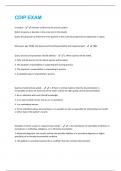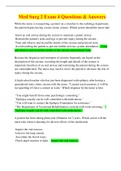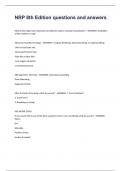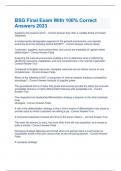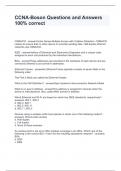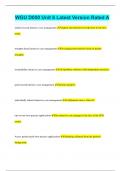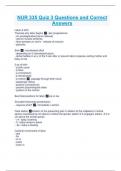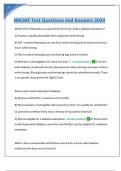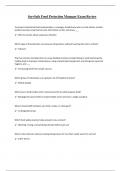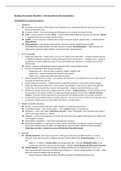Examen
CDIP EXAM QUESTIONS WITH 100% CORRECT ANSWERS!!
- Grado
- Institución
Urosepsis - Infection confined to the urinary system. Refers to pyuria or bacteria in the urine (not in the blood). Query the physician to determine if the bacteria in the urine has progressed to septicemia or sepsis. What year was TEFRA (Tax Equity and Fiscal Responsibility Act) implemented? - ...
[Mostrar más]
